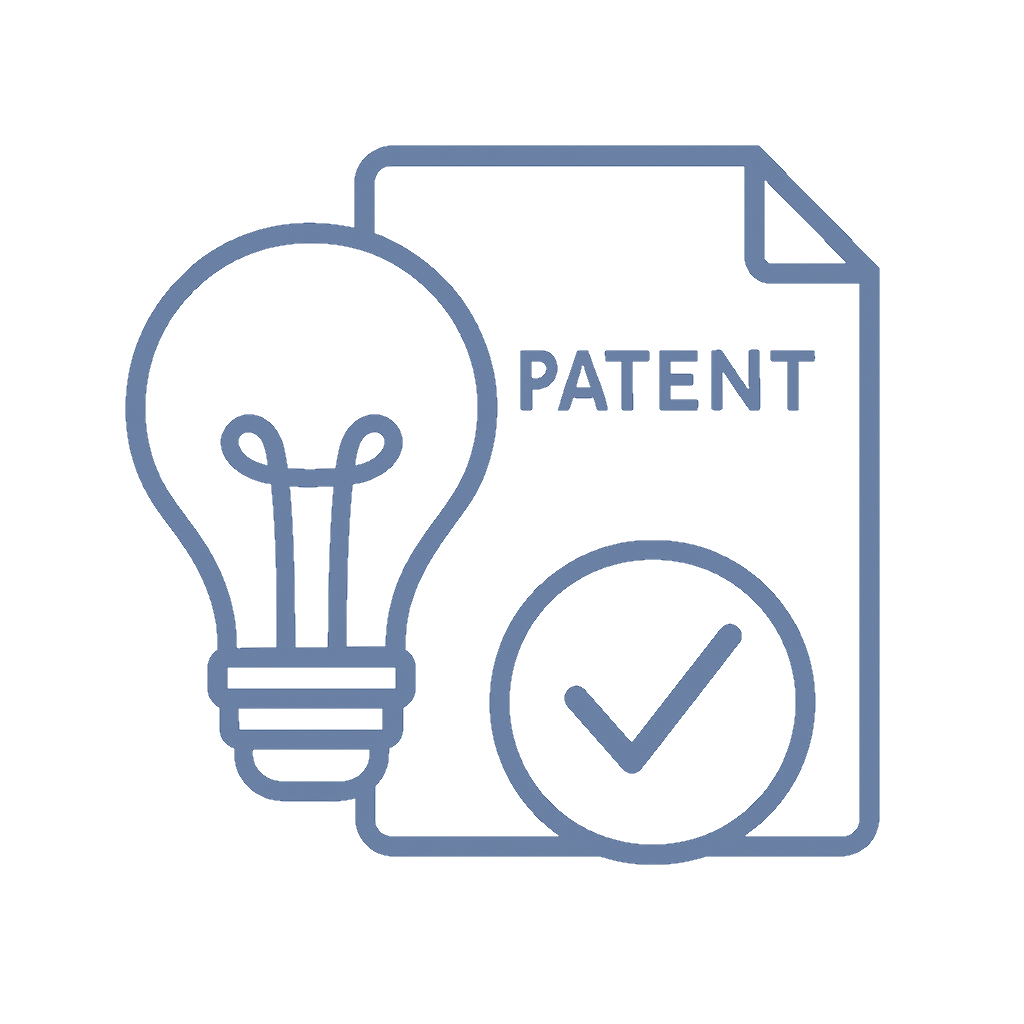📌 Quick Summary
1-Sentence Answer:
Most patent applications fail due to rookie mistakes—like poor descriptions, missed deadlines, or oversharing—so avoid them to protect your invention.
The Article Overview:
This article reveals the most common patent application mistakes inventors and startups make, from incomplete searches to public disclosures. It provides FAQs, step-by-step tips, historical context, competitive examples, debates, risks, and real-world legal cases—plus guidance to secure your intellectual property with confidence.
❓ Common Questions & Answers
Q1: Why is a patent search important before filing?
Because it prevents you from reinventing the wheel (and wasting thousands). A good search shows what’s already patented and ensures your idea is truly novel.
Q2: Can I talk about my invention before filing a patent?
Nope—sharing details publicly can ruin novelty and jeopardize patent protection. Keep it secret until you file.
Q3: What happens if I leave an inventor off the application?
It can spark ownership disputes and even invalidate your patent. Every inventor must be listed honestly.
Q4: Do I really need a patent attorney?
Unless you enjoy wrestling with dense legal jargon and rejection letters, yes—an attorney boosts your odds of success.
Q5: How long do patents last?
Typically 20 years from the filing date, giving you two decades of exclusive rights to profit from your idea.

📜 Step-by-Step Guide
-
Start with a Thorough Search – Investigate prior patents to confirm novelty.
-
Draft a Crystal-Clear Description – Avoid vague language; precision is power.
-
File Early, File Right – Don’t risk losing priority—submit as soon as possible.
-
Disclose All Inventors – Be transparent to avoid costly disputes later.
-
Keep It Secret Until Filing – Don’t post, pitch, or publish prematurely.
-
Use Professional Guidance – Patent attorneys make the process smoother.
-
Add Strong Visuals – Drawings help examiners “see” your invention.
-
Review Thoroughly – Errors can weaken your claims.
-
Stay Updated on Laws – Patent regulations evolve—don’t get left behind.
-
Think Internationally – Plan ahead if global markets matter.
📖 Historical Context
Patents have existed for centuries, with roots tracing back to 15th-century Venice, where inventors received exclusive rights to their mechanical innovations. These early protections established the framework for encouraging technological progress while rewarding ingenuity.
By the late 18th century, modern patent systems emerged, especially in the United States. The U.S. Constitution explicitly granted Congress the power to “promote the progress of science and useful arts” by securing inventors’ rights. Thomas Jefferson himself played a role in shaping America’s early patent laws, though he was skeptical about granting monopolies too broadly.
Fast forward to the 21st century, the shift to the “first-to-file” system under the America Invents Act of 2011 dramatically altered the competitive landscape. Today, speed matters as much as innovation itself, and the pitfalls of delay, disclosure, or sloppy filings are higher than ever.
🏢 Business Competition Examples
-
Dyson vs. Hoover – James Dyson’s bagless vacuum patents helped him dominate, while competitors scrambled to innovate around them.
-
Apple vs. Samsung – A long-running battle over smartphone design and utility patents shows how high the stakes can be.
-
Gillette vs. Schick – Razor companies constantly patent blade designs, proving small innovations can lead to big profits.
-
CRISPR Patent Wars – Universities fought bitterly over gene-editing rights, highlighting the value of detailed, timely applications.
💬 Discussion Section
Patents are not just legal documents; they’re strategic weapons in business competition. For startups, securing a patent can attract investors, deter copycats, and build long-term value. However, mistakes can transform an otherwise brilliant invention into wasted effort.
One of the biggest rookie blunders is failing to conduct a proper prior art search. Inventors often believe their idea is unique, only to discover—after sinking time and money—that someone beat them to it. Similarly, vague or poorly drafted claims can leave loopholes that competitors exploit. A competitor might slightly tweak your invention and slip past your protection.
Timing is another critical factor. In a first-to-file system, waiting even a few weeks can mean losing your invention’s exclusivity to a faster filer. That’s why investors often insist that founders file provisional applications early in the development process.
Another subtle but devastating mistake is public disclosure. Many inventors pitch their idea at trade shows or share it on LinkedIn before filing. Unfortunately, in most jurisdictions, this counts against novelty and can kill patent rights outright.
Global ambitions add further complexity. While U.S. patents provide protection at home, businesses expanding abroad must file internationally. The Patent Cooperation Treaty (PCT) streamlines this process, but missing deadlines or underestimating costs can leave entire markets unprotected.
Finally, patents are not “set and forget” assets. They require maintenance fees, enforcement strategies, and regular legal monitoring. Many small businesses obtain a patent only to neglect its upkeep, weakening their market position over time.
The bottom line? Patents are powerful but precarious. By recognizing the common mistakes, inventors can secure their ideas and transform them into lasting business success.

⚖️ The Debate
Pro-Attorney Side: Hiring a patent attorney ensures thorough drafting, accurate claims, and stronger protection. They understand complex legal frameworks and boost approval rates significantly.
DIY Side: Filing without an attorney saves money upfront. Online tools and resources make it possible for determined inventors, especially for simple innovations.
✅ Key Takeaways
-
Conduct a thorough patent search before filing.
-
File early—first-to-file rules mean speed matters.
-
Keep your invention confidential until protected.
-
Involve all inventors to avoid disputes.
-
Consider international protection if markets extend abroad.
⚠️ Potential Business Hazards
-
Losing Rights by Public Disclosure
-
Weak Claims That Competitors Exploit
-
Ownership Disputes from Undisclosed Inventors
-
Missed Filing Deadlines Leading to Lost Priority
❌ Myths & Misconceptions
-
“Patents guarantee profits” → False. They provide protection, not market success.
-
“I can patent an idea” → No, only concrete inventions qualify.
-
“Once filed, I’m safe everywhere” → Patents are territorial; U.S. patents don’t protect you abroad.
-
“Provisional patents are permanent” → They expire after 12 months if not converted.
📚 Book & Podcast Recommendations
-
Patent It Yourself by David Pressman – https://www.nolo.com/products/patent-it-yourself-paty.html
-
Innovation and Its Enemies by Calestous Juma – https://www.hup.harvard.edu/catalog.php?isbn=9780674237865
-
Founders Talk Patents Podcast – https://ipfridays.com
-
Startups for the Rest of Us – https://www.startupsfortherestofus.com
⚖️ Legal Cases
-
Apple v. Samsung (2012) – https://supreme.justia.com/cases/federal/us/580/17-136 – Patent infringement over smartphone designs, underscoring claim precision.
-
Diamond v. Chakrabarty (1980) – https://supreme.justia.com/cases/federal/us/447/303 – Landmark case on patenting living organisms, expanding scope of patents.
-
Pfaff v. Wells Electronics (1998) – https://supreme.justia.com/cases/federal/us/525/55 – Established the “on-sale bar,” showing why timing matters.
-
Mayo v. Prometheus (2012) – https://supreme.justia.com/cases/federal/us/566/66 – Limits on patenting laws of nature, illustrating boundaries inventors face.

📣 Expert Invitation
Got a patent horror story—or success tip others should know? Share your insights at Inventive Unicorn and join the conversation.
🔚 Wrap-Up Conclusion
Patents are powerful shields but also fragile weapons. A careless misstep—like disclosing too soon, filing too late, or drafting too vaguely—can undo months of innovation. By learning from common mistakes and approaching the process strategically, inventors can secure their place in the market.











